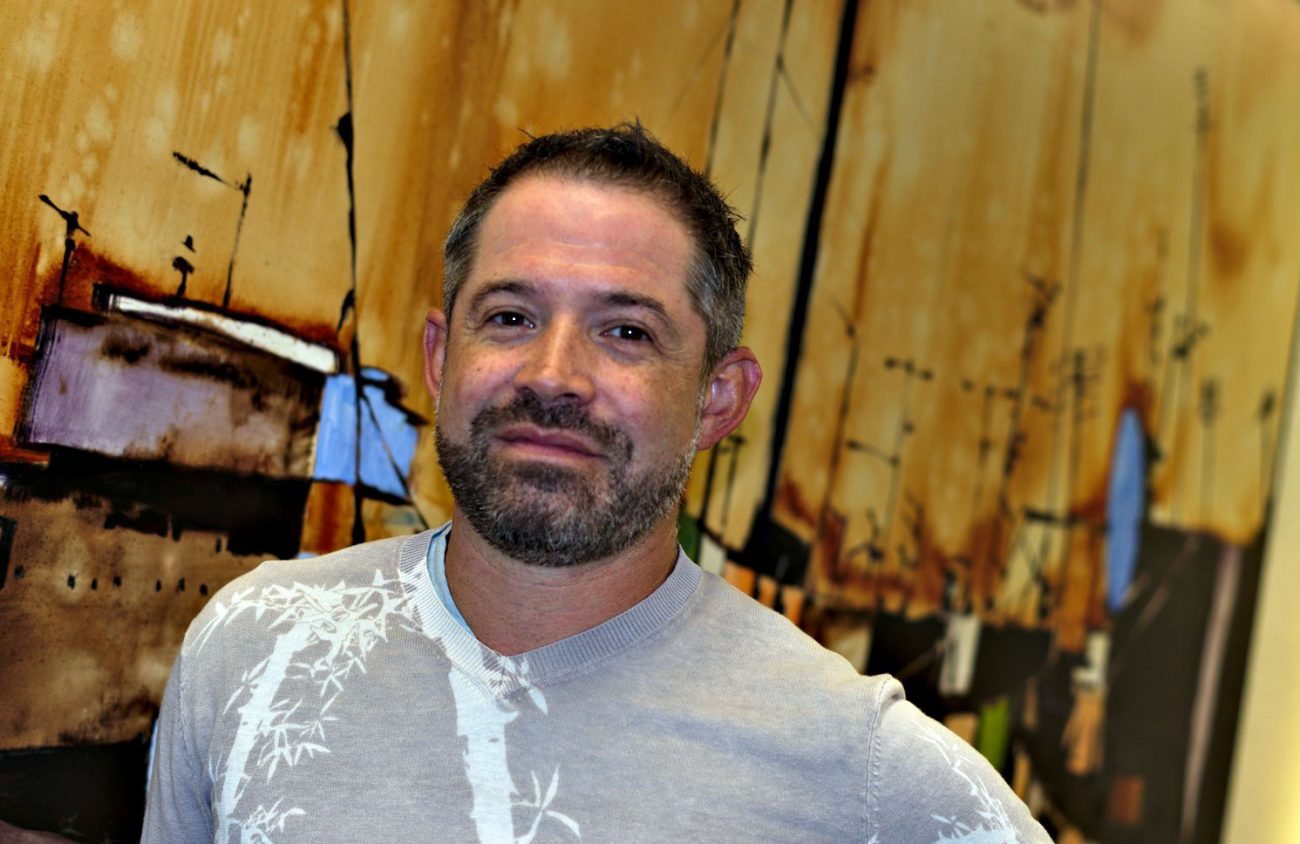Back when I first met him, nearly 10 years ago, Isaac Marquez was a painter showing his work in coffee houses and restaurants. He made big, fairly traditional abstracts in those days: the kind you might see in a middle-of-the-road contemporary gallery in Portland, or in the lobby of an upwardly aspiring hotel.
These days Marquez has put down his brushes so he can paint on a much larger canvas. The 43-year-old took over in September as the director of Eugene’s Cultural Services Division. In his new job he oversees a staff of 37 full-time-equivalent positions and a budget of $8 million. He will be responsible for operation of the Hult Center, the Cuthbert Amphitheater and the city’s community events and public art programs.
While I certainly wasn’t privy to his hiring, my guess is that Marquez, who has worked for the city in a variety of roles for the past 14 years, got the Cultural Services job based in large part on the undeniable success of last summer’s murals project. It brought seven internationally known street artists to town to create original murals and other art as part of the 20x21EUG Mural Project, which is determined to commission murals by 20 big-name street artists in downtown Eugene in time for the International Association of Athletics Federations World Championships to be held here in 2021.
The project was a bold, gutsy move — and it worked. Businesses signed up to host murals. Artists with international reputations for making street art came here last summer and worked on their projects in public.
More than 1,000 people turned out for the August First Friday ArtWalk to see the murals, which almost instantly transformed the look of downtown Eugene, raising the bar here considerably for visual arts.
Looking ahead, Marquez sees clear challenges. The Hult Center turned 35 this year, meaning it’s in need of considerable maintenance. But that’s just a money question.
What concerns him much more is the broader plight of the visual arts, which have never really had a home — physical or metaphysical — here in Eugene.
This is the city, after all, that for years didn’t have an inventory of public artworks that it commissioned and owned. Worse, it’s the city that failed to keep the non-profit Jacobs Gallery afloat inside the Hult Center.
When he talks about visual art, Marquez makes it clear he’s looking for a different model of support than white-box galleries selling paintings. Yes, he says, galleries are important — but so is the larger infrastructure that supports visual artists.
“One of my biggest concerns is creating spaces for artists, for the making of art,” he says. “Studios. Gathering spaces. I’d like to see more working space for artists.”
He has a sense of urgency on this issue. “Oregon is the most moved-to state in the nation,” Marquez says, “and Eugene is growing really fast. The marijuana industry has absorbed all the industrial space. Having places to make art is important. I can’t imagine living in a city where artists don’t have places to work. Can you?”
When I interviewed Marquez seven years ago, he was already thinking about elevating the visual arts here. “It’s time for visual art in Eugene to come into its own,” he said at the time. “We have a very rich performing arts scene. If we were having this conversation 10 years from now, I would very much like the visual arts to be as strong.”
Three years to go…
